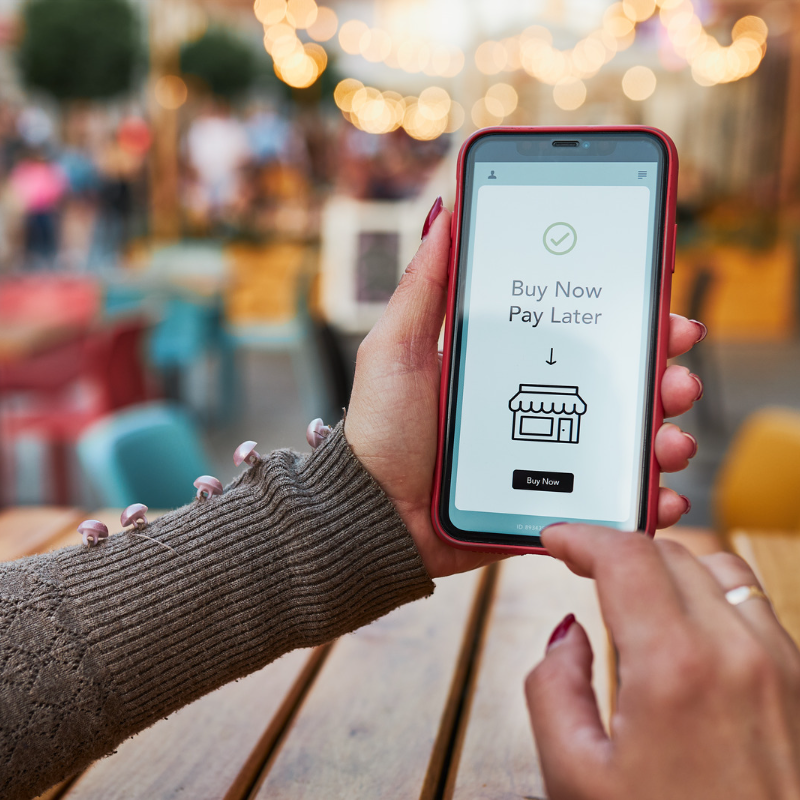Would you love a free flight? How about free groceries? Perhaps some extra cash? These rewards are possible using credit card rewards, but is there a cost? Unfortunately, credit card rewards may come at a high cost without careful planning.
There are several considerations to add into a credit card reward strategy. These considerations include credit utilization, the timing of payment, and paying off credit cards every month.
Credit Utilization
Credit utilization is how much of a credit card limit is being used, which is the second-largest factor in calculating credit scores—accounting for 30% of the score. The general rule is a credit utilization under 30% is considered healthy. Therefore, if consumers use more than 30% of their credit limit, it will harm their score. How much of an impact credit utilization will have on an individual score is determined by too many factors to calculate here, but maxing out a credit card can profoundly negatively impact both FICO and Vantage Scores.
A credit utilization rate is calculated by dividing the balance by the credit limit.
Example: Joseph has a $5,000 credit limit, and his credit card balance is $1,000.
1000÷5000=.20, or 20%
To discover how much of your credit limit is 30%, multiply .30 by the credit limit.
Example using Joseph’s credit card:
$5,000 x .30 = $1,500
Based on these two formulas, if Joseph spends $500 more, he will hit 30%, and his credit score could begin to decline. The higher the credit utilization, the more severe the effect on his credit scores will be. Why does this matter? A drop in a credit score can affect other purchases. For example, Stephanie has one credit card with a $3,000 limit. Her car needs a $2500 repair. To claim the 1.5% cashback reward, she charges the repair to her credit card. However, she continued to have car trouble and decided to replace her car. Since her credit utilization is over 80%, her score is lower, and now she will likely pay more interest for the life of the new auto loan.
Fun Fact: People with the highest credit scores consistently use less than 10% of their credit limit.
Paying off Credit Cards Every Month
To win the credit card rewards game, the credit card must be paid off within the grace period. The grace period is the time between the purchase and when interest is first charged. Usually, grace periods are between 20-25 days but vary by card type and issuer.
Cashback on a credit card is usually between 1-1.5% for regular purchases; $1-$1.50 cashback per $100 charged. The rate may be as high as 6% for special purchases—which is $6 in rewards for every $100 charged. However, full interest will be charged if a credit card is not paid in full by the end of the grace period. According to the 2020 Federal Reserve Report to Congress, the average interest rate for a credit card entering January 2022 is 14.5%, which is $14.50 per $100 charged. Therefore, if the charges are not paid off for a year, the cost is almost 2.5 times the amount of the largest special purchase rate (6%) and nine times the largest regular purchase rate (1.5%).
Timing of Payment
Credit card balances are reported once a month to the credit bureaus. The balance reported is the same amount that will appear on the credit card statement. Therefore, the attempt to play "beat the clock" with a payment to avoid increasing credit utilization can be a stressful game. The timing must be impeccable, and everything must work perfectly. Here are some of the factors that must line up to keep credit utilization under 30% while maximizing rewards:
● New charges will have to be posted at the right time to allow for payments before the statement is generated.
● All charges cannot cause balances to exceed 30% the day the statement is generated.
● Statement dates must not fluctuate (they usually do for holidays and weekends).
● Payment must be received before the grace period ends to avoid interest.
Since it is hard to know when credit will be needed and keeping financial stress at a minimum is essential, it is good never to exceed 30% credit utilization. By maintaining low balances, the chances of losing a round of "beat the clock" are reduced.
For most people, the best way to use a credit card is for planned expenses only. Using a credit card for variable expenses like gas or utility bills could cause unexpected consequences if the bill is higher than expected. Determining a credit building/maintenance strategy will help ensure the predictability of credit card expenses and help minimize the risk of paying high interest on purchases. However, if the allure of “free” money is too tempting, stay aware of the timing of payments, the statement generation/credit reporting dates, and the credit utilization rate. Additionally, ensure all balances are paid within the grace period to avoid the potential costs of credit card rewards.
© BALANCE
With Hanscom FCU's CASH + REWARDS World Mastercard, earn unlimited 1% cash back on every purchase — and there is no limit to how much you can earn! Learn more here.
Others are reading:














Comment